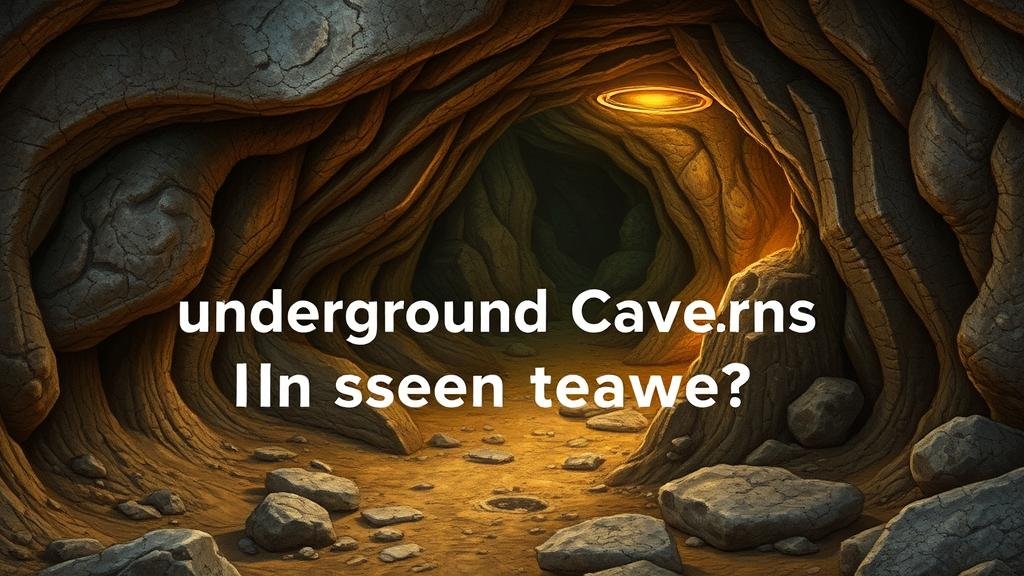How AI Maps Underground Caverns for Unseen Treasure and Fossil Sites
How AI Maps Underground Caverns for Unseen Treasure and Fossil Sites
The utilization of Artificial Intelligence (AI) in mapping underground caverns has transformed the fields of archaeology, geology, and paleontology. This research article examines the mechanisms through which AI is applied to locate and explore hidden treasures and fossil sites within subsurface environments. By harnessing advanced data analysis and modeling techniques, researchers are uncovering insights previously obscured by geological formations.
The Historical Context of Cavern Exploration
Historically, the exploration of underground caverns has relied heavily on manual methods, such as direct observations and traditional geological surveys. Notable examples include the discovery of the Lascaux Caves in France in 1940, where prehistoric paintings were found, and the extensive limestone caves of Mammoth Cave in Kentucky, USA, noted for their intricate passageways and fossil deposits. But, these methods are limited in terms of scale and precision, often resulting in incomplete or misleading data.
AI Technologies Used in Cavern Mapping
Recent advancements in AI technologies have introduced sophisticated tools that enhance the mapping process. Key techniques employed include:
- Machine Learning Algorithms: These algorithms analyze vast datasets collected through geological surveys, seismic imaging, and remote sensing technologies to identify patterns that indicate the presence of caverns and buried artifacts.
- Computer Vision: AI systems equipped with computer vision capabilities can process and interpret images from drones or satellites, effectively mapping topographical changes that suggest subterranean features.
- Geospatial Analysis: GIS (Geographic Information Systems) combined with AI enhances spatial analysis, allowing researchers to visualize and interpret complex underground environments.
Applications in Real-World Scenarios
One prominent example of AIs application in subterranean exploration is the work conducted by a research team at the University of Southern California in 2021. utilized AI algorithms to analyze seismic data from a remote location in Utah, revealing a previously unknown network of caverns that contained significant geological artifacts. This led to targeted excavations, which uncovered fossils dating back 50 million years, illustrating the potential for finding previously inaccessible information.
Also, the use of AI is also prominent in treasure hunting, as demonstrated by a collaborative project with the University of California, where researchers successfully deployed machine learning to sift through archival data from historic shipwrecks off the coast of Florida. By analyzing the patterns of previous recoveries and sedimentary data, they formulated models predicting the locations of untapped treasures.
Challenges and Limitations
Despite its advantages, the integration of AI in mapping underground caverns is not without challenges. Key issues include:
- Data Quality: The precision of AI models is heavily dependent on the quality of input data. Incomplete or inaccurate datasets can lead to erroneous results.
- Interpretation Complexity: The results generated by AI models require expert interpretation to ascertain their geological significance, necessitating collaboration between AI specialists and field geologists.
Future Directions and Conclusion
The future of AI in mapping underground caverns appears vibrant, with ongoing research focusing on improving algorithms and integrating multi-source data inputs for more robust analysis. As AI technology continues to evolve, its capability to reveal hidden treasures and fossil sites within complex subterranean networks will likely increase, transforming our understanding of historical and geological contexts.
To wrap up, AIs role in mapping underground caverns signifies a paradigm shift in exploration methodologies, offering unprecedented opportunities for discovery. By leveraging state-of-the-art techniques, researchers can enhance our understanding of geological formations, leading to significant archaeological and paleontological findings.



